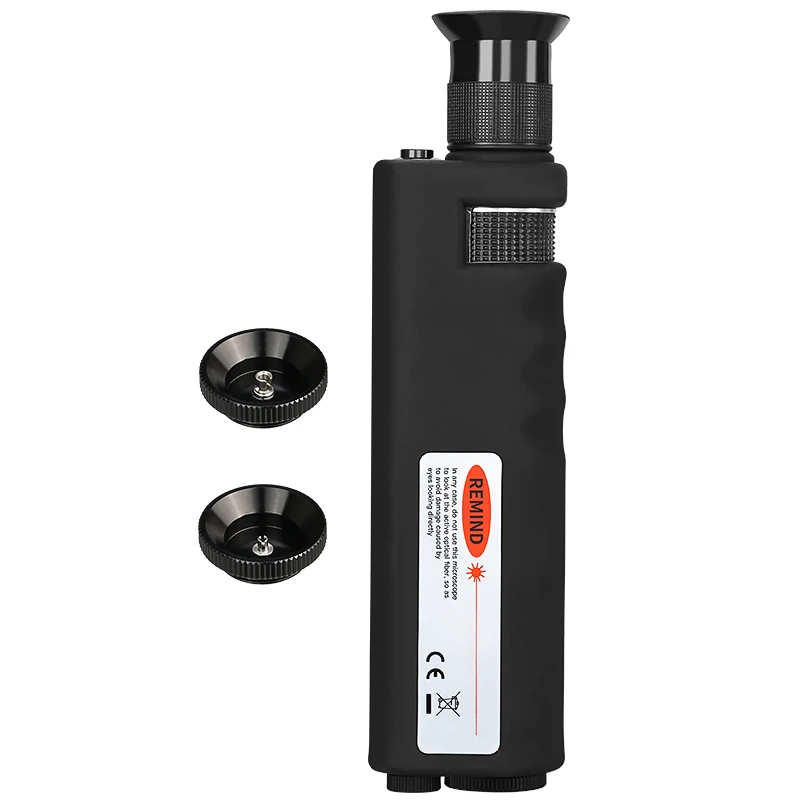
In the world of modern communication, the speed, reliability, and efficiency of data transmission are paramount. With an ever-growing demand for high-speed internet, cloud computing, and large-scale data transfer, traditional copper-based networks are increasingly being replaced by fiber optic technology. Fiber tools, which facilitate the installation, maintenance, and optimization of fiber optic networks, are playing a pivotal role in this revolution. These tools are transforming the way we connect, communicate, and transmit data, ensuring a future of faster, more reliable communication.
The Power of Fiber Optics
Fiber optic cables are made of thin strands of glass or plastic that carry data as pulses of light. This technology offers several advantages over traditional copper cables. Fiber optics can transmit data over long distances without degradation, deliver much higher bandwidth, and support greater speeds than copper-based systems. Additionally, fiber networks are less susceptible to interference from electromagnetic signals, making them more secure and stable.
With these benefits, fiber optic networks are the backbone of modern communication infrastructures, including internet, television, and phone services. However, the installation and upkeep of these networks require specialized tools and equipment.
The Role of Fiber Tools in Revolutionizing Data Transmission
Fiber tools are essential for the installation, maintenance, and troubleshooting of fiber optic networks. These tools range from cutting and stripping devices to sophisticated optical power meters used to test the performance of fiber links. Here are some key ways in which fiber tools are contributing to the advancement of communication networks:
-
Faster and More Accurate Installations
Fiber optic cables require precision during installation to ensure optimal data transmission. Tools like fiber cleavers, splicing machines, and fusion splicers allow technicians to prepare, cut, and connect fiber optic cables with incredible precision. These tools enable faster installations, reducing the time and labor needed to deploy fiber networks. With the use of fusion splicing, for example, fibers can be joined without the need for connectors, minimizing signal loss and increasing efficiency.
-
Improved Testing and Troubleshooting
One of the most critical aspects of fiber optic networks is their performance. Fiber tools such as optical time-domain reflectometers (OTDR) and optical power meters are used to test the integrity and performance of fiber links. These tools allow network engineers to identify issues such as signal loss, fiber faults, or improper installations, enabling quick resolutions that minimize network downtime. OTDRs, in particular, can pinpoint the exact location of fiber problems, ensuring that repairs are both efficient and cost-effective.
-
Enhanced Network Maintenance
As communication networks continue to expand, maintaining them becomes increasingly complex. Fiber tools play an integral role in network upkeep by allowing for routine inspections and proactive maintenance. Devices such as fiber end-face microscopes help technicians inspect connectors for dirt, cracks, or other forms of damage, ensuring that potential issues are addressed before they affect the network's performance. Regular maintenance using these tools ensures the longevity and reliability of fiber optic networks.
-
Supporting the Growth of 5G and IoT Networks
With the rollout of 5G networks and the rise of the Internet of Things (IoT), the need for high-performance communication systems is more pressing than ever. Fiber optic technology is crucial to supporting the vast amounts of data required by these technologies. Fiber Identifier ensure that the infrastructure needed for 5G and IoT networks is efficiently installed, maintained, and optimized, making them key enablers of the digital future.
Conclusion
Fiber tools are revolutionizing communication networks and data transmission by enabling faster, more accurate installations, ensuring reliable performance, and supporting the growth of next-generation technologies. As demand for high-speed internet and data transfer continues to grow, fiber optic networks, supported by cutting-edge tools, will be at the heart of a more connected and data-driven world. Whether in the deployment of fiber for 5G or the maintenance of existing networks, these tools are paving the way for the future of global communication.
